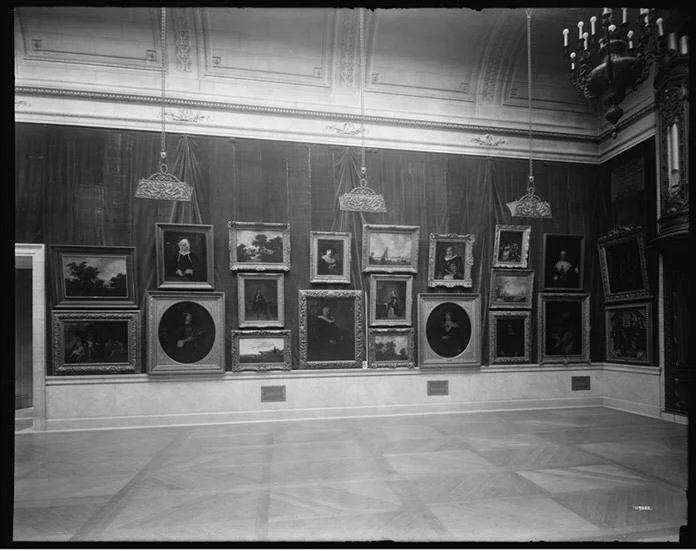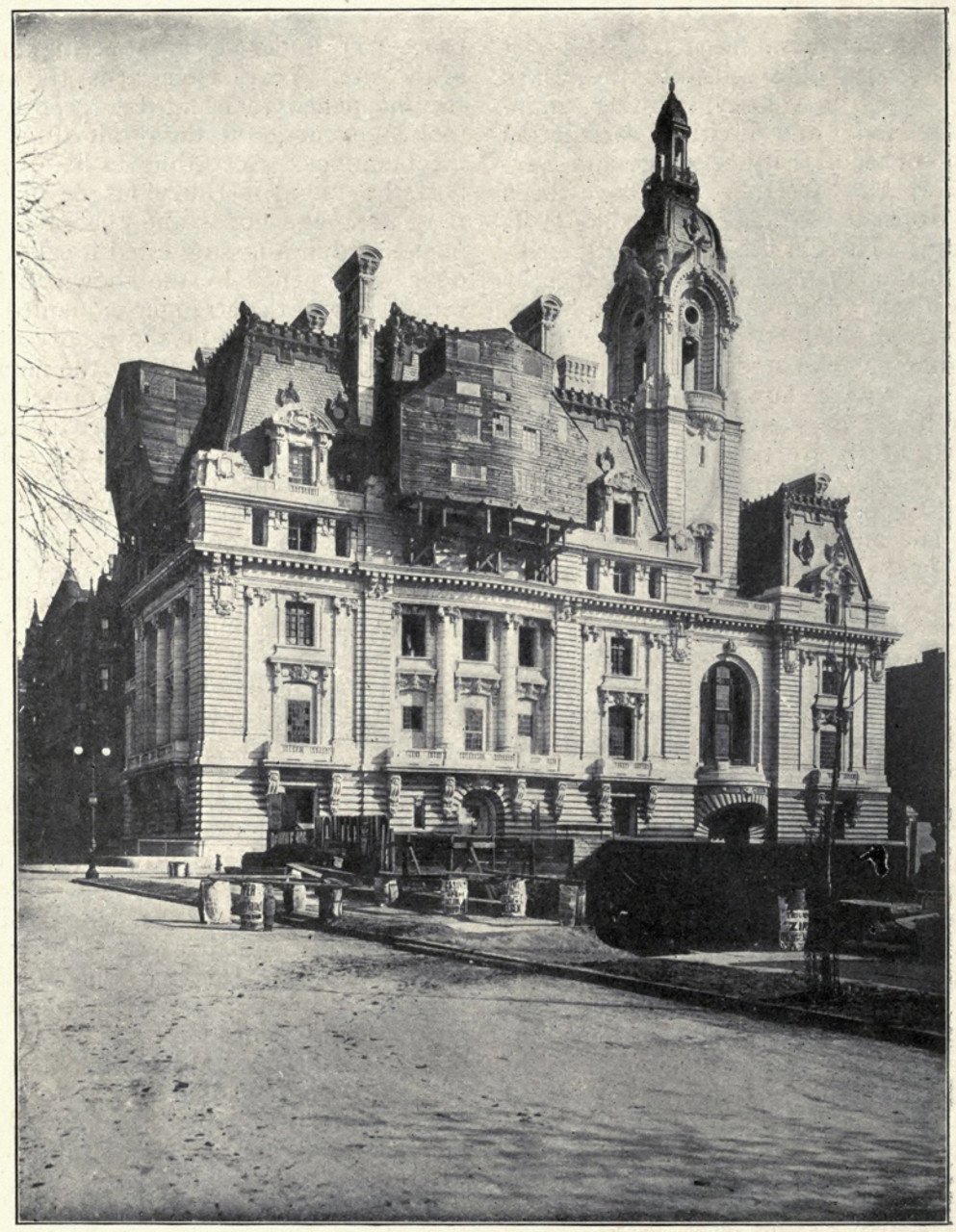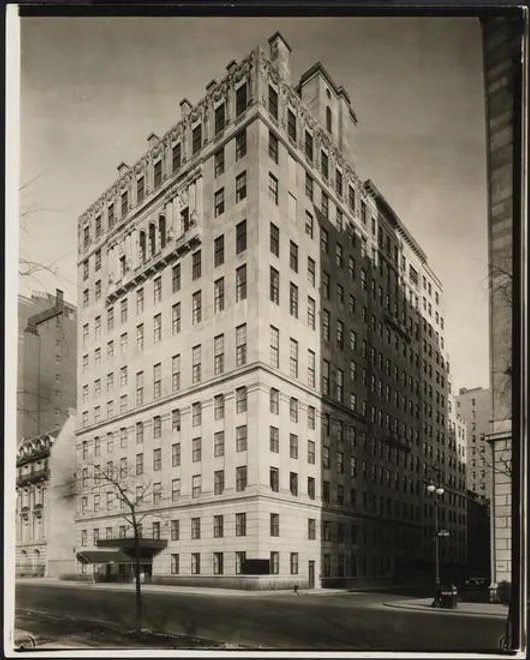The William A. Clark Mansion
Living on New York City’s Fifth Avenue has long been a symbol of success. At the turn of the 20th century, it was lined with lavish Gilded Age mansions owned by the likes of the Vanderbilts, Astors, Carnegies, and Fricks—a dazzling display of their immense wealth and status.
Fifth Avenue around 1905 - Photo: NYPL Digital Archives
The William A. Clark mansion, also known as "Clark's Folly," was an opulent, over-the-top, Gilded Age residence built in 1907 on Fifth Avenue and 77th Street. Commissioned by copper magnate and U.S. Senator (he bribed members of the Montana State Legislature in return for their votes) William Andrews Clark, the mansion epitomized extravagance, costing an estimated $7 million at the time (over $200 million today).
The William Clark Mansion - Photo: NYPL Digital Archives
The William Clark Mansion - Photo: NYPL Digital Archives
Designed by the renowned architectural firm Lord & Hewlett, the French Renaissance-style home featured 120 rooms, 25 guest rooms, a private art gallery, swimming pool, underground rail lines for coal delivery, and a hidden organ with 4,000 pipes. Its interiors were adorned with imported marble, gold, and rare wood paneling, reflecting Clark’s immense wealth and penchant for luxury.
Photo: LOC
The secret organ. - Photo: LOC
Photo: LOC
Despite its grandeur, the mansion faced criticism for its ostentatious design and quickly became a symbol of excess. It also took a full 13 years to build, so style and design trends were different from when construction had begun. After Clark’s death in 1925, his family found it difficult to maintain the property, and it was sold in 1927.
Photo: LOC
William and his youngest daughter Huguette - Photo: LOC
Huguette Clark, William A. Clark’s youngest daughter, was an heiress, philanthropist, and one of the most reclusive figures of the 20th century. She inherited her father’s immense fortune and moved into a full-floor, 42-room apartment at 907 Fifth Avenue. Following the death of her sister Andrée in 1919, Huguette withdrew from public life, becoming increasingly private and retreating from society by the 1930s.
Huguette n 1930, one of the last ever taken of her. - Photo: NYPL Digital Archives
Despite her wealth, estimated at hundreds of millions, Huguette chose to live in near-total seclusion. When she passed away at 104, her $300 million fortune became the center of a high-profile legal dispute involving distant relatives, charities, and her caretakers.
Photo: NYPL Digital Archives
The mansion was demolished in 1929 to make way for a luxury apartment building that still stands today. Despite its fate, Clark’s mansion remains a symbol of New York’s Gilded Age opulence, reflecting the extraordinary wealth and ambition of the era.
960 Fifth Avenue - Photo: NYPL Digital Archives











